With international trade constantly evolving over the last several centuries, the past 100 years have been a continuously growing logistical challenge. With the introduction of containers in the 1950s, maritime transport experienced an unprecedented boom thanks to the logistical advantages it brought, becoming a fundamental pillar in the global trade industry by introducing the modern intermodal shipping container.
Today, approximately 90% of global trade is conducted by sea, mostly through container ships that transport a wide range of products and goods to all corners of the planet. Other items or materials, such as aggregates, cereals, cars, or oil, are transported on other types of cargo ships.
Today, the largest container ships in the world have become key players in global trade. Every few years, a larger container ship is launched, rapidly approaching ships that may be able to carry up to 30,000 containers in the near future.
In this article, we invite you to explore the 10 largest container ships in the world, as well as the most important details about each of them, to deepen your understanding of this topic.
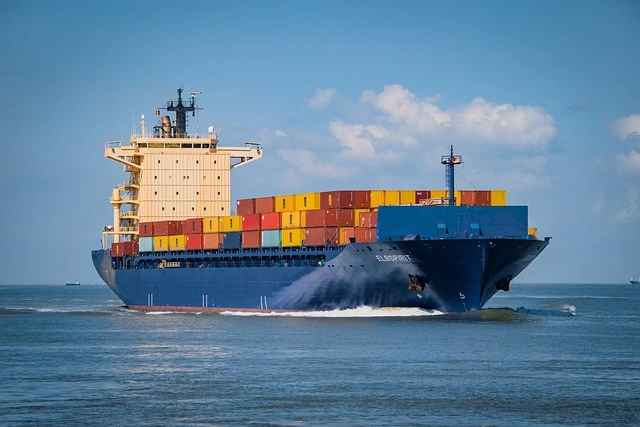
Approximately 60 years ago, an American truck driver named Malcom Purcell McLean had an idea that would revolutionize global transportation. He envisioned a method of loading standardized containers to transport them by ships or boats. Thanks to this brilliant idea, today we have the ability to ship various types of products around the world faster and more efficiently.
In its early days, container ships were developed by modifying oil tankers, which in turn had been converted from Liberty-class ships left over from World War II. Nowadays, these ships have their own category and are considered among the largest in the world.
Over time, container sizes were adjusted to make handling easier. This led to the creation of international standards focused on standardizing the structure, dimensions, and capacity of containers.
Currently, the main objective of using these containers is to ensure the protection of goods during their entire journey, making sure they arrive in optimal conditions at their destination, even in the face of unpredictable weather changes that may arise.
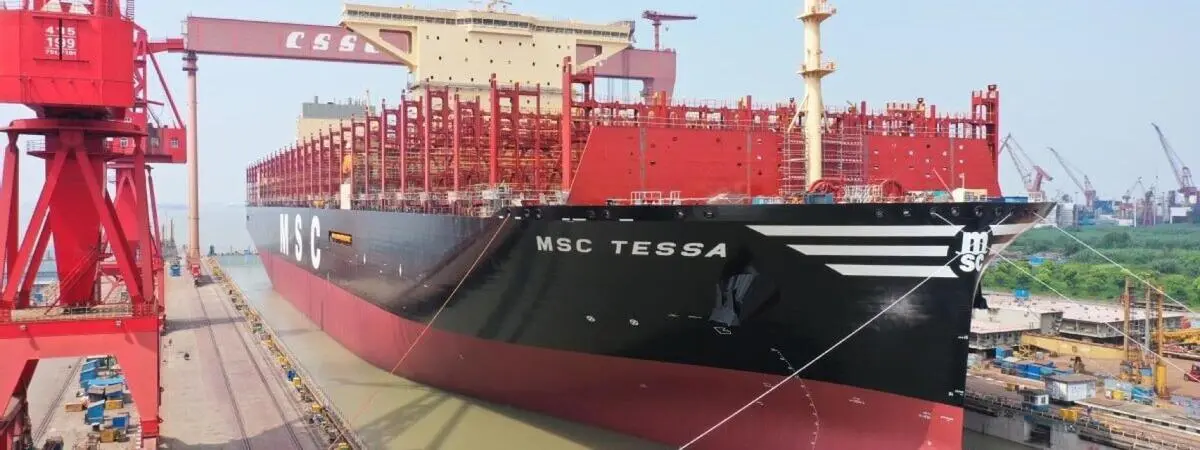
Throughout history, the evolution of container ships has been remarkable and has completely transformed maritime trade. Some key stages of this evolution include:
The evolution of container ships is a clear example of how innovation and technology have revolutionized the maritime transport industry, driving speed, efficiency, and sustainability in global trade.
Although practically every year or two, a new larger container ship is launched, as of today, the 10 largest ships in the world are:
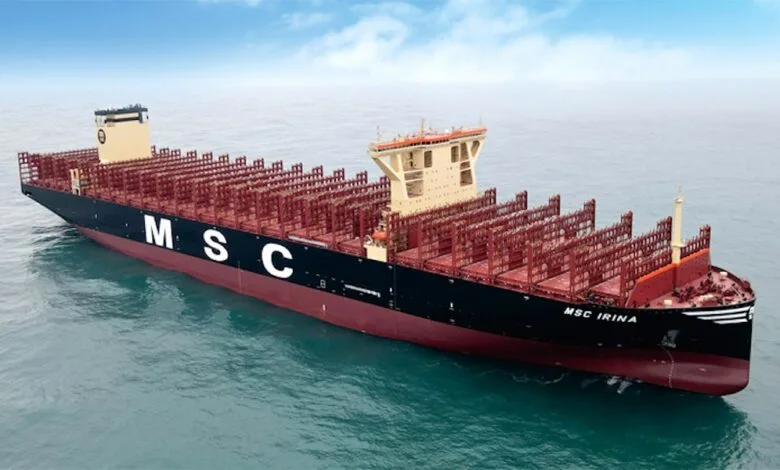
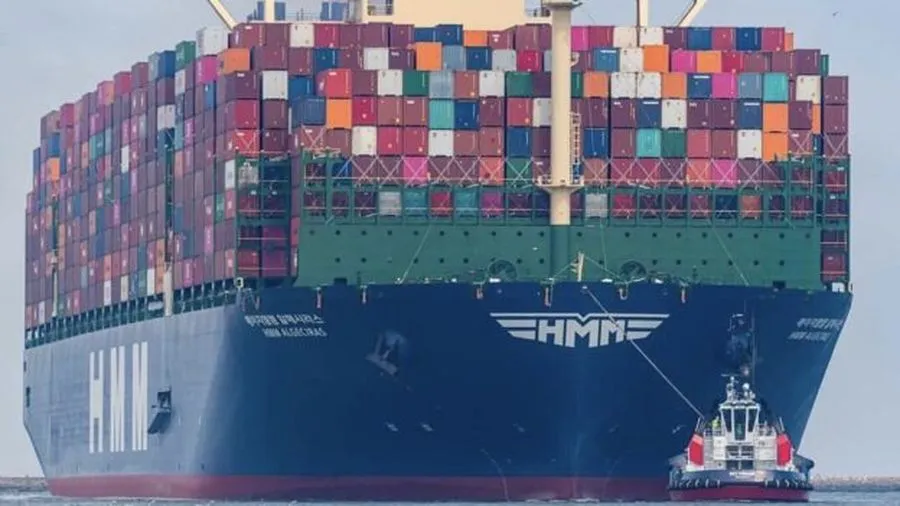
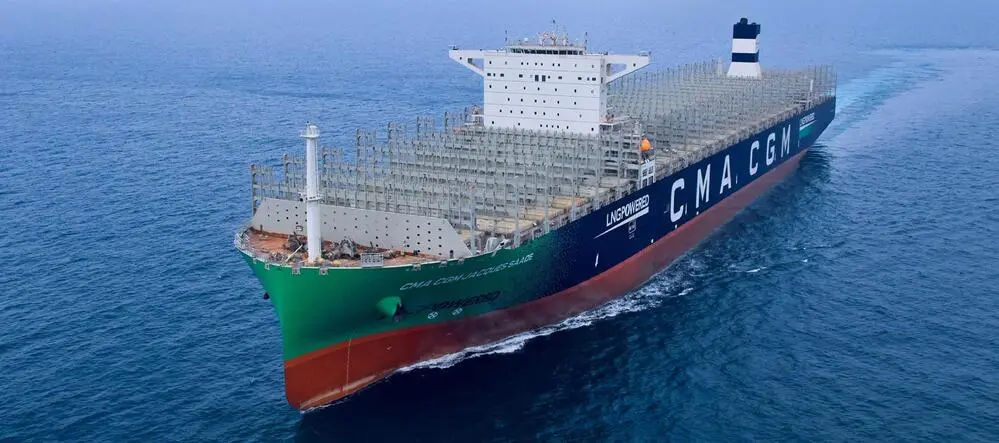
From Boatsall, we remind you that it''s important to keep in mind that the maritime transport industry is constantly evolving, and new container ships are being built every year.
These titanic ships are completely transforming global trade, transporting products and goods worldwide significantly faster and more efficiently.
The constant evolution and technological advancements in the maritime transport industry clearly demonstrate that container ships are the main pillar of global trade, and these sea giants will continue to grow in the coming decades. These container ships, with increasingly larger capacities, more efficient engines, and modern technologies, will continue to drive global trade.
14-01-2025